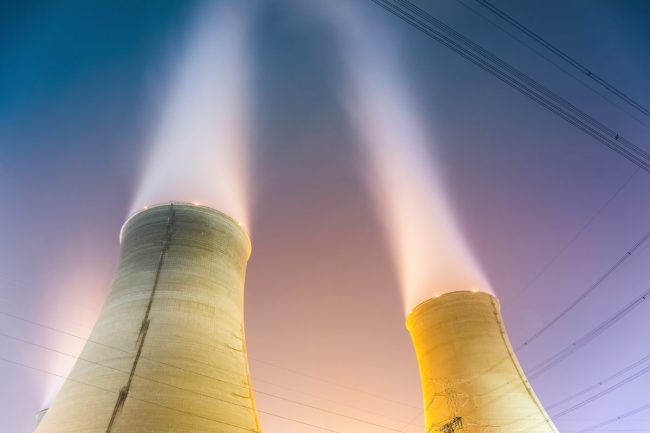What Are Cooling Tower Louvers
Cooling tower louvers, also known as louvered panels or louvered walls, are an essential component of cooling tower systems. These louvers are designed to enhance the efficiency and performance of cooling towers by allowing for proper airflow while preventing the ingress of debris, foreign objects, and sunlight. Here’s what you need to know about cooling…

